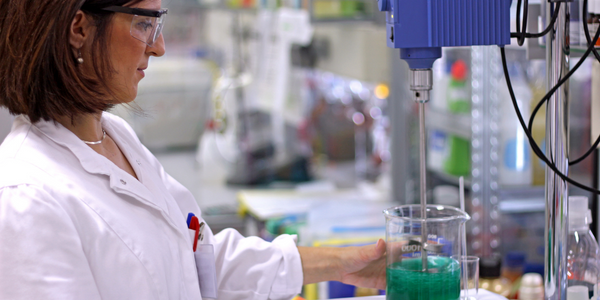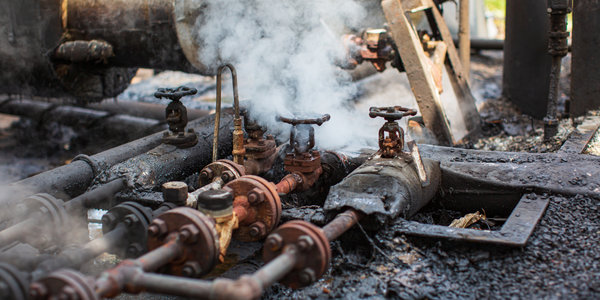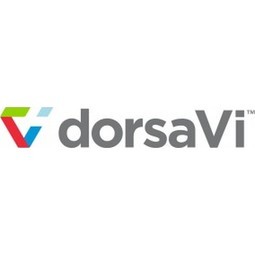下载PDF
Improving Factory Worker Posture

适用功能
- 离散制造
用例
- 现场人员安全管理
服务
- 培训
挑战
一名患有长期腰痛的 49 岁工厂工人被转诊到 ViMove 诊所接受评估和治疗。该工人的腰痛过去曾通过针灸得到治疗和解决。患者报告长时间休息后,早晨出现严重的腰痛。他也很难直起身子,并且经常感到僵硬和疼痛。
客户
未公开
关于客户
49岁工厂工人长期腰痛
解决方案
ViMove 腰背实时训练和视觉反馈用于治疗患者坐姿前倾和站立时后倾。现场训练评估帮助患者了解如何在日常活动中正确移动。此外,评估报告能够清楚地向患者展示他的姿势和运动问题。患者被要求在家中进行锻炼,重点是减少腰伸肌的张力并练习孤立的骨盆前后倾斜运动。
运营影响
相关案例.

Case Study
Wearables for Connected Workers
Together, Honeywell and Intel have developed a IoT proof of concept (PoC) for the Connected Worker. The Connected Worker can take many forms - factory laborer, mine worker, first responder, firefighters and more. For each environment and worker role, a different selection of sensors may be appropriate to provide the most meaningful IoT-fueled dataset to represent that individual worker asset. As with most IoT solutions, it is critical to avoid being overwhelmed by a steady stream of meaningless data. Rather, it is essential to send select actionable intelligence to the cloud for visualization and customized alert notifications. The downside is that data from individual wearable devices - if viewed independently - can potentially cause false alarms and contribute to inefficiencies in a manpower as a result. Fusing sensor technology with big data processing (hub/gateway), analytics - all in the cloud - is the key to improving local intelligence as well as remote visualization of actionable intelligence.

Case Study
Underground Mining Safety
The goal was to produce a safety system to monitor and support underground mining operations; existing systems were either too simple (i.e. phone line) or overly complex and expensive, inhibiting deployment, and providing little-to-no support in event of an accident. Given the dangerous nature of the mining work environment and the strict regulations placed on the industry, the solution would have to comply with Mine Safety and Health Administration (MSHA) regulations. Yet the product needed to allow for simple deployment to truly be a groundbreaking solution - increasing miner safety and changing daily operations for the better.

Case Study
Facility Management Solution in Construction Industry
In the construction of Crown Towers in Perth, hundreds of workers enter and exit the construction site each day, totalling into thousands by the completion of the project. All of these workers perform different tasks and come from different agencies, making it difficult for supervisors to track who does what, when, and where on such a large-scale site. An easy-to-use access, security and facility management solution was required.

Case Study
Industrial Workforce Mobility for Improved Safety & Operations
Huntsman Corporation, a global manufacturer and marketer of differentiated chemicals, undertook an aggressive program to eliminate injuries, product defects, and environmental releases at their Port Neches facility. Termed “Project Zero”, this program required a completely mobile solution to empower operations and maintenance personnel to capture defects, track work progress and make process and safety related decisions in real-time.

Case Study
WEST TEXAS GAS TRUSTS WIN-911 ALARM NOTIFICATION SOFTWARE
It became clear that the SCADA system was not an infallible means ofmonitoring field stations; the systems would sometimes lose connection with the host computer. This caused delays in personnel response to alarms and increased the risk of severe warnings not being received before corrective actions could be implemented. As a precaution, the alarm points had to be visually monitored and staff would be required to call the appropriate personnel if an alarm came through. Regulations wereestablished for timely reporting. The management at West Texas Gas quickly determined that a secondary alarm support system needed to be installed. They were seeking something that would be able to monitor variable tags from the OPC server as well as monitor custom tags that were built into the existing SV32 SCADA system to observe and report flare volumes.

Case Study
Reducing Operating Costs And Improving Safety
To ensure safe operation of the nuclear plant, the Institute of Nuclear Power Operations sets the performance objectives and defines the criteria (PO&C) to meet those objectives. The plant personnel manually compare each line item in the CAP report against the PO&C to evaluate the seriousness of the event. A spilled cup of coffee in the wrong place might not be too serious, while a critical pump leaking that has the potential to shut down the plant is another matter entirely. This manual process of classifying the seriousness of each item in a CAP report lies at the heart of the continuous effort to improve the safety and operation of the nuclear power plant, but requires significant time and resources. Our client needed a way to automate the classification process to increase its efficiency and to extract information from years of reported events to better understand their causes and anticipate possible adverse events.





